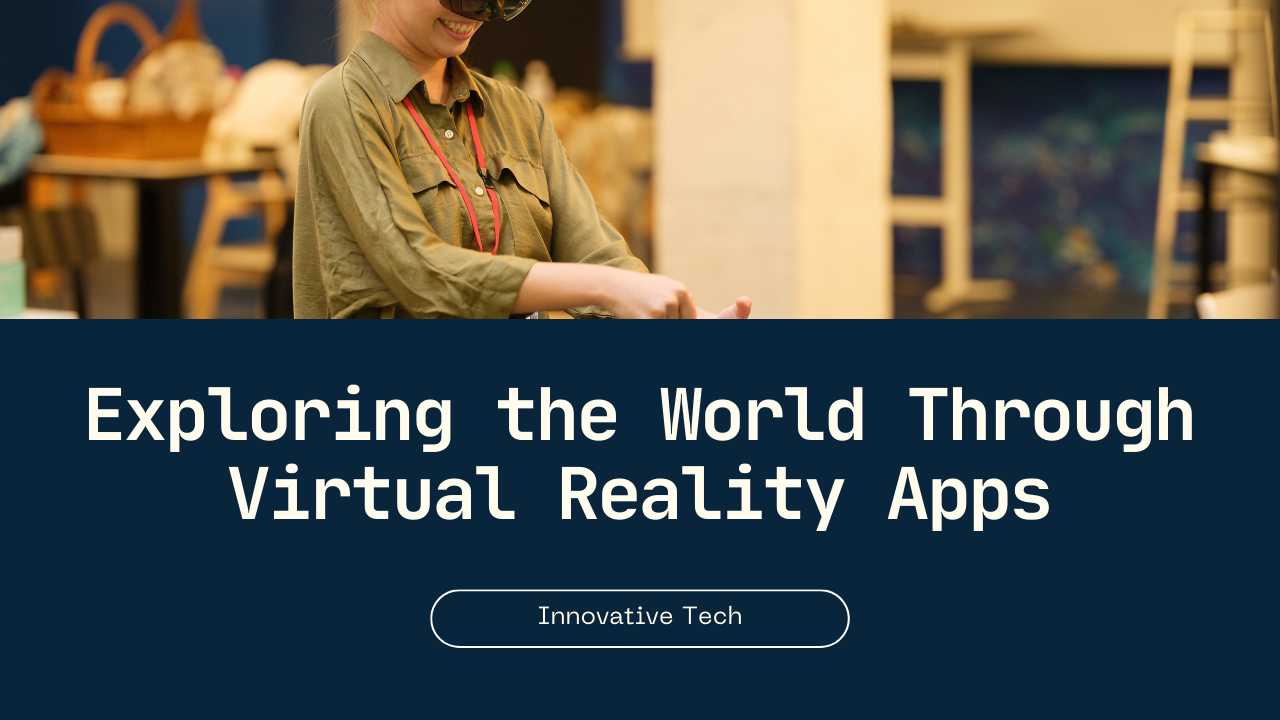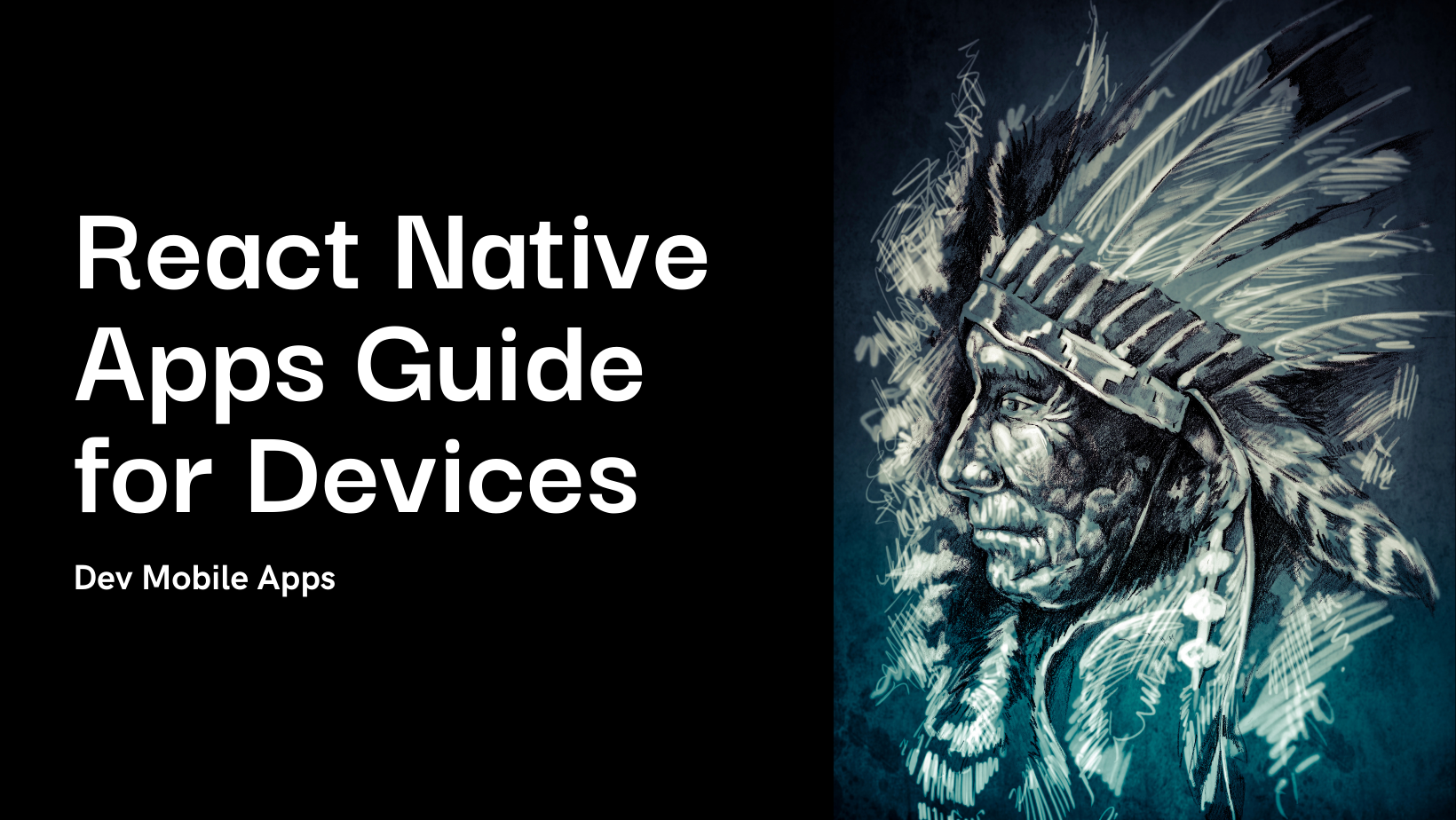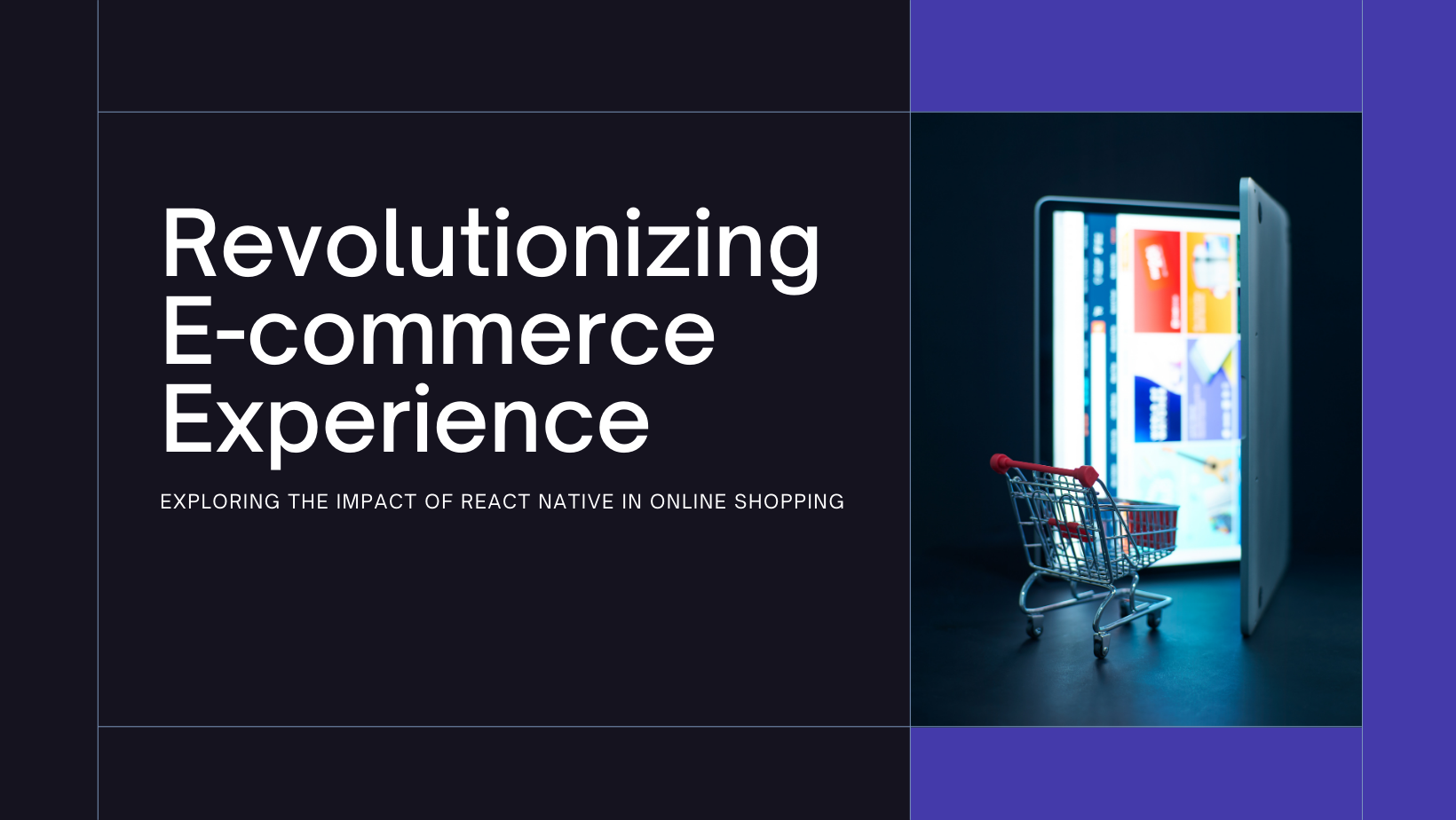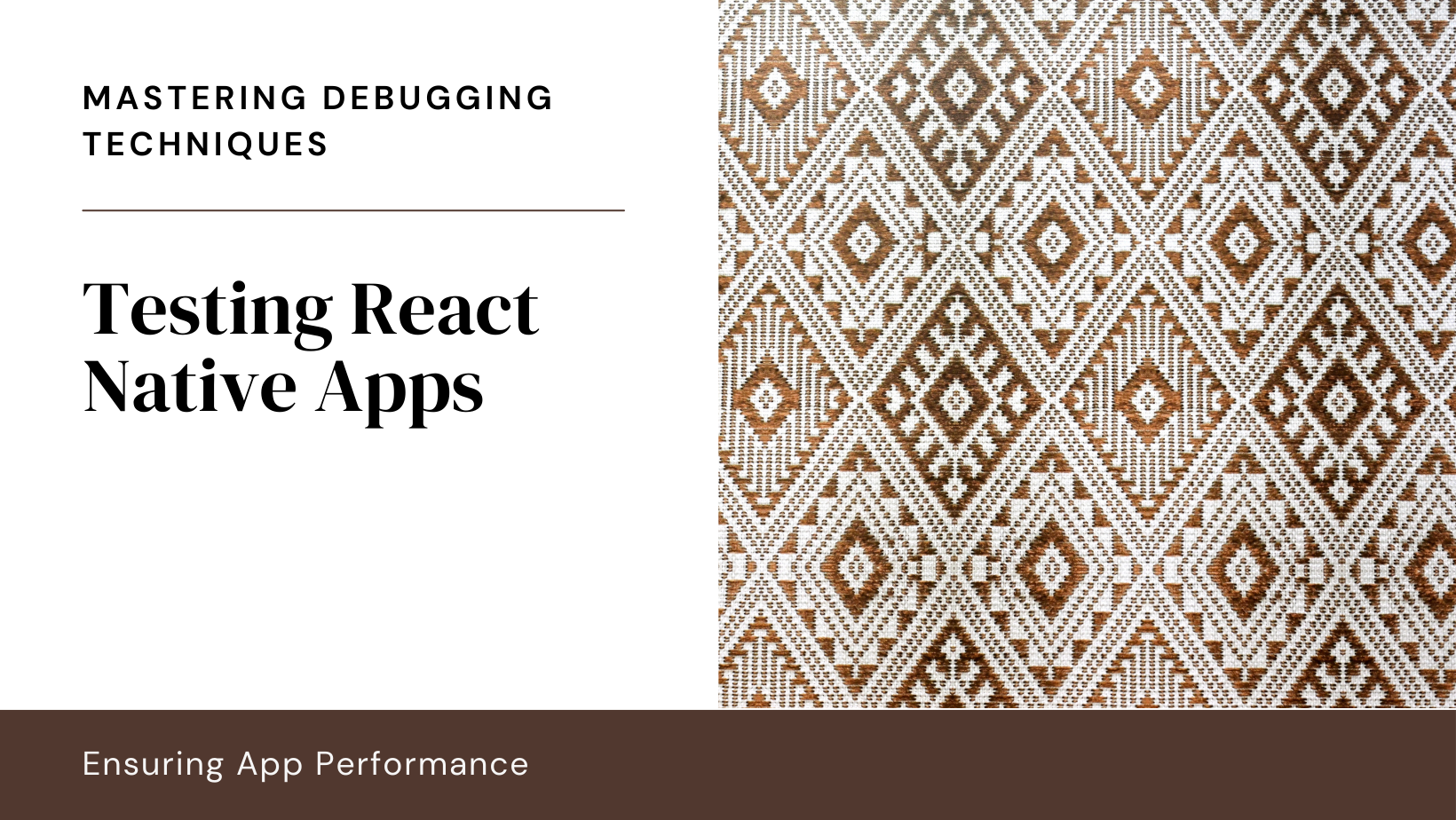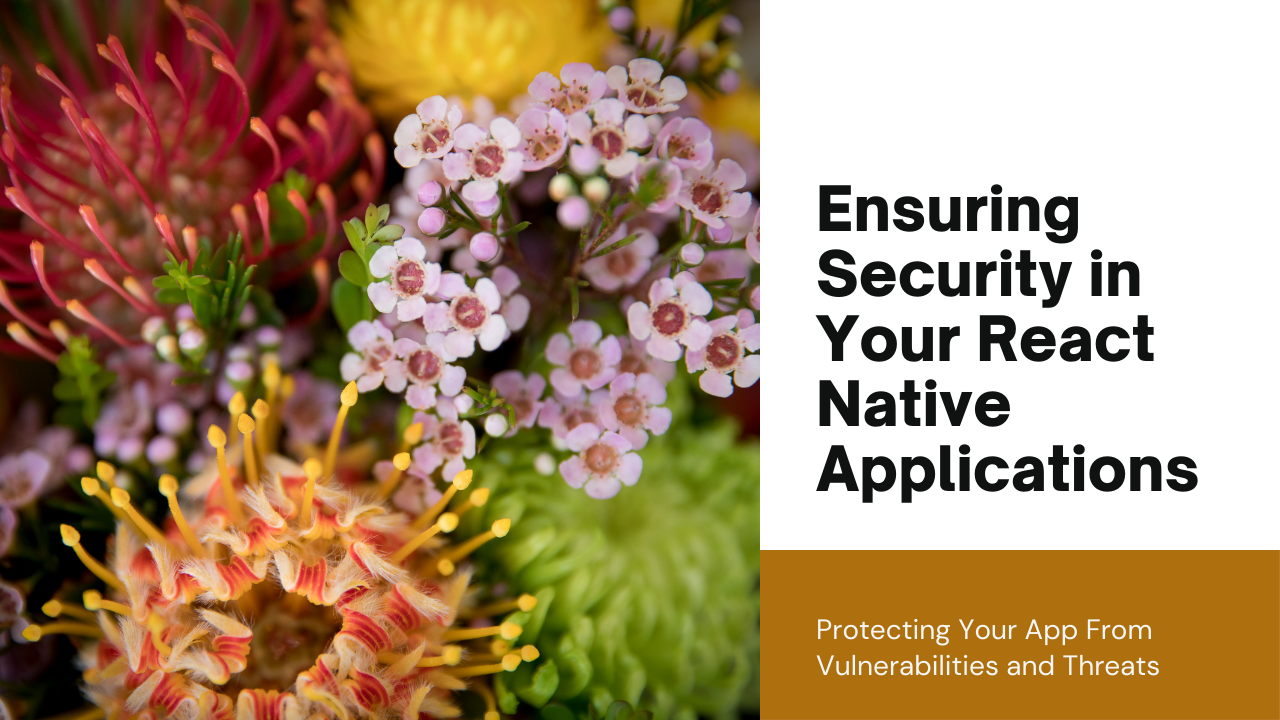Augmented Reality (AR) and Virtual Reality (VR) have revolutionized various industries by providing immersive and interactive experiences. From gaming and entertainment to education and retail, AR and VR applications are creating new opportunities and transforming user experiences. React Native, a popular framework for building cross-platform mobile applications, is increasingly being used for AR and VR development. This blog explores how React Native can be leveraged for AR/VR development, highlighting its advantages, key tools, and best practices for creating immersive applications.
The Role of React Native in AR/VR Development
Understanding React Native
React Native is an open-source framework developed by Facebook for building mobile applications using JavaScript and React. It allows developers to create apps that run on both iOS and Android platforms with a single codebase. React Native’s ability to deliver high performance and a native-like user experience makes it a suitable choice for AR and VR development.
Why Use React Native for AR/VR?
React Native offers several advantages for AR and VR development:
- Cross-Platform Compatibility: Develop AR/VR applications for both iOS and Android with a unified codebase, saving time and resources.
- Rapid Development: React Native’s hot-reloading feature accelerates the development process, allowing for quick iterations and updates.
- Strong Community Support: A vibrant community and extensive library of third-party packages support the integration of AR and VR functionalities.
Key Considerations for AR/VR Development with React Native
1. Choose the Right AR/VR Libraries
React Native’s ecosystem includes several libraries and tools that facilitate AR and VR development:
- AR.js and A-Frame: While AR.js is typically used with web technologies, it can be integrated into React Native applications using WebView components. A-Frame is a web framework for building VR experiences that can be leveraged similarly.
- ViroReact: A popular library specifically designed for AR and VR development with React Native. It provides a range of components and tools to build immersive experiences.
- React VR (now part of React 360): A library for building VR experiences using React. It is designed for creating 360-degree content and can be integrated with React Native for a more seamless VR experience.
2. Performance Optimization
AR and VR applications are resource-intensive and require careful optimization:
- Efficient Rendering: Optimize rendering performance to ensure smooth and responsive AR/VR experiences. Minimize the use of complex 3D models and textures where possible.
- Manage Resources: Efficiently manage memory and processing resources to prevent performance degradation and ensure a fluid user experience.
- Test on Real Devices: Conduct performance testing on actual devices to identify and address performance issues specific to different hardware configurations.
3. User Interface and Experience
Creating an effective user interface (UI) and experience (UX) is crucial for AR and VR applications:
- Intuitive Controls: Design intuitive controls and interactions that enhance the immersive experience. Ensure that users can easily navigate and interact with AR/VR elements.
- User Feedback: Incorporate feedback mechanisms to guide users and provide information about their actions and surroundings.
- Accessibility Considerations: Address accessibility needs by providing options for users with different abilities and ensuring that the experience is inclusive.
Best Practices for Developing AR/VR Applications with React Native
1. Define Clear Use Cases
Before starting development, define clear use cases and objectives for your AR/VR application:
- Identify Objectives: Determine what you want to achieve with your AR/VR application, such as enhancing user engagement, providing virtual tours, or creating interactive educational content.
- Target Audience: Understand your target audience and their preferences to tailor the AR/VR experience to their needs and expectations.
2. Leverage Existing Tools and Frameworks
Take advantage of existing tools and frameworks to streamline the development process:
- ARKit and ARCore Integration: For native AR experiences, integrate ARKit (iOS) and ARCore (Android) with React Native to leverage platform-specific AR capabilities.
- 3D Modeling Tools: Use 3D modeling tools such as Blender or Autodesk Maya to create and optimize 3D assets for your AR/VR application.
3. Ensure Cross-Platform Consistency
Maintain consistency across different platforms to provide a seamless experience:
- Design for Different Devices: Optimize your AR/VR application for various devices and screen sizes to ensure a consistent experience across iOS and Android.
- Handle Platform-Specific Challenges: Address platform-specific challenges and differences, such as varying hardware capabilities and operating system constraints.
4. Implement Robust Testing and Debugging
Testing and debugging are critical for ensuring the quality and reliability of your AR/VR application:
- Conduct Comprehensive Testing: Perform extensive testing to identify and fix issues related to performance, usability, and compatibility. Test on a range of devices to ensure consistent behavior.
- Use Debugging Tools: Utilize debugging tools and techniques to troubleshoot and resolve issues during development. Monitor performance and resource usage to optimize the application.
Case Studies: Successful AR/VR Projects Using React Native
1. IKEA Place
IKEA Place is an AR application that allows users to visualize how furniture would look in their homes. The app, developed using a combination of ARKit and React Native, provides an immersive and interactive shopping experience by enabling users to place virtual furniture in their real-world environment.
2. Oculus Venues
Oculus Venues is a VR application developed for live events and social interactions. By leveraging React Native alongside native VR frameworks, Oculus Venues delivers an engaging and immersive experience for users to attend virtual events and interact with others in a virtual space.
Future Trends in AR/VR Development with React Native
1. Enhanced Immersion with Mixed Reality
Mixed reality (MR) combines AR and VR elements to create more immersive experiences. React Native is expected to play a role in developing MR applications by integrating AR and VR capabilities into a unified experience, allowing users to interact with both virtual and real-world elements.
2. Advances in AR/VR Hardware
As AR and VR hardware continues to advance, React Native will need to adapt to support new devices and technologies:
- Improved Sensors: Enhanced sensors and tracking technologies will provide more accurate and responsive AR/VR experiences.
- Higher Resolutions: Advances in display technology will enable higher resolution and more detailed virtual environments.
3. Integration with AI and Machine Learning
The integration of artificial intelligence (AI) and machine learning (ML) with AR/VR applications will enhance personalization and interactivity:
- AI-Driven Content: AI can be used to generate dynamic and personalized content based on user interactions and preferences.
- Enhanced Object Recognition: ML algorithms will improve object recognition and interaction within AR environments, creating more intuitive and responsive experiences.
Conclusion
React Native is proving to be a valuable tool for AR and VR development, offering cross-platform capabilities, rapid development, and strong community support. By leveraging AR/VR libraries, optimizing performance, and adhering to best practices, developers can create immersive and engaging applications that enhance user experiences. As AR/VR technologies continue to evolve, React Native will play a crucial role in shaping the future of these exciting and transformative applications. Embracing React Native for AR/VR development allows businesses to stay ahead of the curve and deliver innovative solutions in the ever-growing digital landscape.
